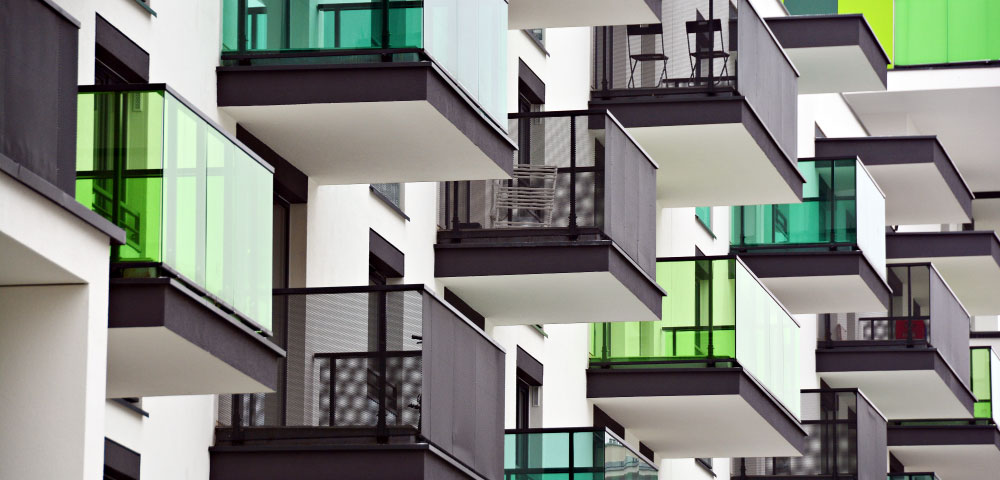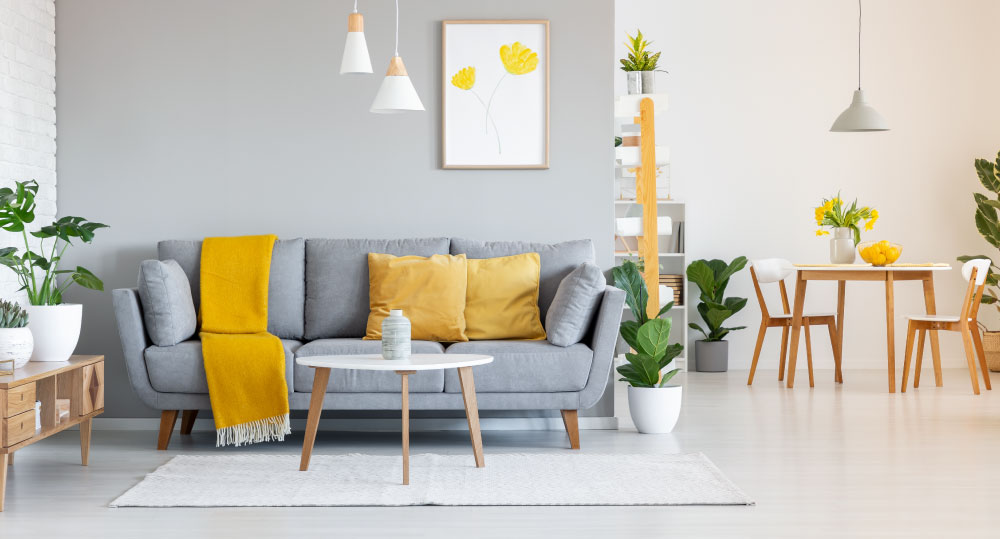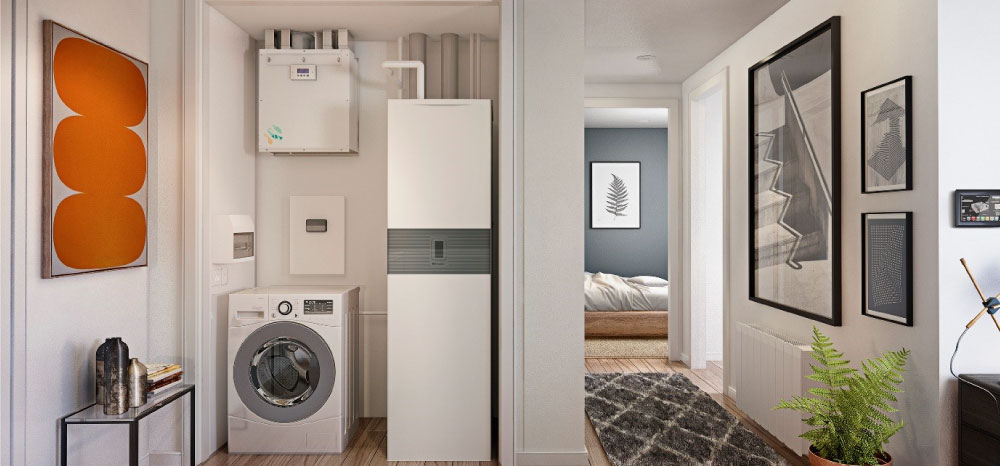Seven key considerations that influence the specification of effective communal heat networks in high-rise apartments

Although certain requirements will vary from project to project, such as available space or the decision to include comfort cooling, there are seven key factors that ultimately impact the specification of a communal heat network within high-rise residential apartment:
1. Compliance
2. Performance
3. Controls
4. Installation
5. Size, aesthetics and noise levels
6. Cost
7. Maintenance
As Building Regulations, such as Part L, become stricter to push for lower carbon developments, building designers and specifiers are having to look for better performing and increasingly efficient solutions.
HVAC system compliance
Over subsequent years, gaining compliance with traditional systems has been harder to achieve, as carbon emission targets have been made more challenging and regional requirements have developed. For high-rise apartments, many have turned to heat pumps to achieve planning permission and this is where the rise of communal heat networks has taken place, supplying heating, hot water and cooling where required, in a low carbon way.
System performance
Specifiers have become aware of the low system efficiencies and overheating risk associated with applying high temperature systems in buildings with reduced air permeability. Specifying an ambient (or low temperature) communal network with an in-apartment heat pump to raise the water loop temperature at local rather than building level can alleviate this, meeting occupant’s thermal requirements without producing wasted energy. This lowers residents bills and reduces heat losses from the central loop, which in turn can mitigate the risk of summertime overheating issues.

System controls
There are two levels of controls when considering a communal ambient network: building management and in apartment comfort. At building level, the solution will need to integrate with the designer’s choice of BMS system, offering monitoring of the water loop, alerts and energy consumption. Within the apartment, the unit will need to be flexible to ensure third party controls are specified where required, whilst still being responsive in responding to heating or cooling commands.
Installation
Considering the overall benefits of an ambient network is important consider the installation. An in-apartment unit that can be pre-wired as well as pre-plumbed will reduce valuable time on site and the need for costly, specialist installations. Also, where comfort cooling is desired, a two-pipe system that can reduce the amount of pipework required throughout the building will simplify construction whilst reducing costs.

Size, aesthetics and noise
When designing service cupboards with ambient networks, it is essential that the in-apartment heat pump unit fits within floor plans, compliments the design and can be specified with a range of hydronic emitters. It is also important the specified solution is well insulated to minimise sound and standing losses.
System cost
It is important to take a holistic view when looking at the cost of specifying an ambient communal network with in-apartment heat pumps. Choosing a system which has been created with input from industry to ensure commercial practicality is vital, offering beneficial investments beyond the upfront cost of the plant and in-apartment units. This could include cost savings or additional revenue from smaller plant sizes, reduced pipework insultation or providing comfort cooling through a two-pipe system.
Maintenance
How the system handles downtime is important for any development and its occupants. Ensuring that a solution has been designed to allow for easy maintenance and quick resolution of faults, especially when it comes to hot water, is key. For example, an override switch that allows the system to continue to deliver hot water, during maintenance or repair, will offer peace of mind to the developer and the end-user.

Solutions designed for you
There can be a lot to consider when designing and specifying communal heat networks for high-rise residential apartments to ensure the best solution within potentially tight budgets. Looking to manufacturers who can support you from the design stage all the way through to installation and commissioning can help to ensure the right solution is chosen for your project.
The Zeroth Energy System is an in-apartment heat pump solution designed by GDHV in partnership with market leading residential and mixed-use developers, where a need had been identified for a new system which would help them achieve and meet these seven considerations.
Find out more about GDHV’s Zeroth Energy System, or If you would like to discuss a specific project in more detail, contact our team of industry specialists who would be happy to help. We also offer a range of accredited CPD presentations including one focused on ambient networks and the Zeroth Energy System. All presentations can be delivered onsite, via webinar, screenshare or video and can be booked on our CPD page.

